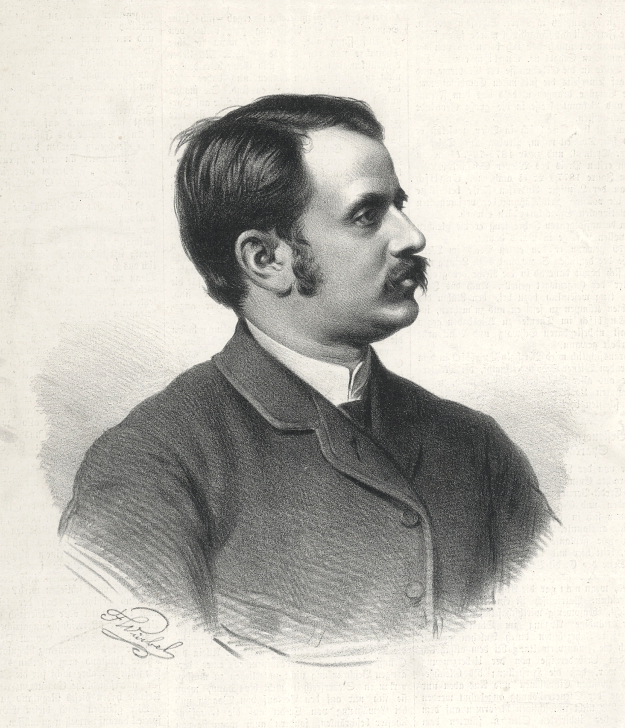|
Nimzo-Indian Chess Opening
The Nimzo-Indian Defence is a chess opening characterised by the moves: :1. d4 Nf6 :2. c4 e6 :3. Nc3 Bb4 Other move orders, such as 1.c4 e6 2.Nc3 Nf6 3.d4 Bb4, are also feasible. In the ''Encyclopaedia of Chess Openings'', the Nimzo-Indian is classified as E20–E59. This hypermodern opening was developed by Aron Nimzowitsch who introduced it to master-level chess in the early 20th century. Unlike most Indian openings, the Nimzo-Indian does not involve an immediate fianchetto, although Black often follows up with ...b6 and ...Bb7. By pinning White's knight, Black prevents the threatened 4.e4 and seeks to inflict doubled pawns on White. White will attempt to create a and develop their pieces to prepare for an assault on the Black position. Black's delay in committing to a pawn structure makes the Nimzo-Indian (sometimes colloquially referred to as the "Nimzo") a very flexible defence to 1.d4. It can also transpose into lines of the Queen's Gambit or Queen's Indian Defen ... [...More Info...] [...Related Items...] OR: [Wikipedia] [Google] [Baidu] |
Berthold Englisch
Berthold Englisch (9 July 1851, Hotzenplotz – 19 October 1897, Vienna) was a leading Austrian chess master. Englisch was born in Austrian Silesia (then Austria-Hungary) into a Jewish family. He earned his living as a stock-market agent. He won the tournaments at Leipzig 1879 (the 1st DSB Congress), at Wiesbaden 1880 (ex-equo with Blackburne and A. Schwarz, ahead of Schallopp, Mason, Bird, Winawer, etc.) and at Vienna 1896 (''Quadrangular''). He lost two matches against Vincenz Hruby in 1882 and to Emanuel Lasker in 1890, both scoring 1.5 : 3.5, and drew a match with Harry Nelson Pillsbury 2.5 : 2.5 (+0 –0 =5) in 1896, all in Vienna. [...More Info...] [...Related Items...] OR: [Wikipedia] [Google] [Baidu] |

